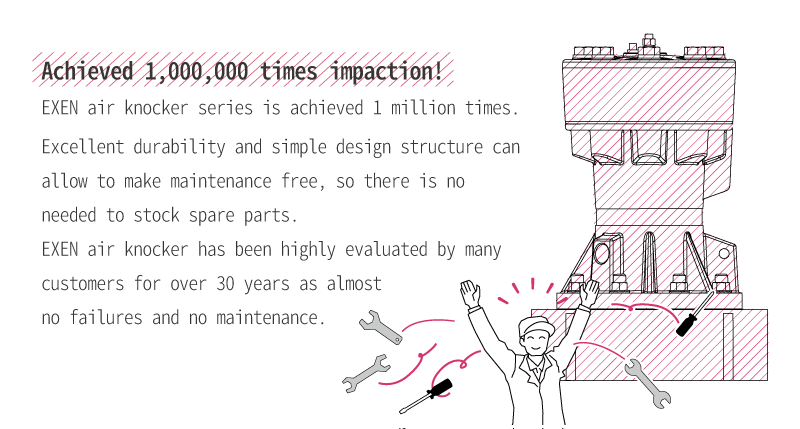


In a and b, the upper panel shows waveforms of q. The balls stick together after the impact. A ball of mass 3.0 kg, moving at 2.0 m/s eastward, strikes head-on a ball of mass 1.0 kg that is moving at 2.0 m/s westward. We were just introduced to impulse last class so i really don't know if I'm doing this right, but i wiki'ed it and seeįormula i used: I=M(v_i - V_f) (M=.2, v_i= velocity initial, v_f= velocity final) Responses of the simple model to impulsive force perturbation with its intensity 165 N and width w 0:1 s. Modeling Instruction - AMTA 2013 1 U9 Momentum - review v3.1 Name Date Pd Impulsive Force Model: Impulse-Momentum Review Sheet 1. Which one can be identified as a normal force and which one can be identified as frictional force 05secondsĪ) write these velocities in rectangular components relative to the barrierī) Determine the x and y components of the impulsive force. The time of contact during the bounce is. When a 150 kg cannon and cart recoils at 1.5 m/s, at what velocity would a 10 kg cannonball leave the cannon a. Old cannons were built on wheeled carts, both to facilitate moving the cannon and to allow the cannon to recoil when fired.

model of Newtons cradle can be found on the MapleSim Model Gallery here. Therefore, the greater an object’s mass or the greater. You can see from the equation that momentum is directly proportional to the object’s mass ( m) and velocity ( v ). Linear momentum is the product of a system’s mass and its velocity. The speed of the puck before the bounce was 15m/s and after the bounce it is 12m/s. Impulsive Force Model Worksheet 4: Conservation of Momentum II 1. When two particles collide and there are no external impulsive forces acting. Momentum, Impulse, and the Impulse-Momentum Theorem. We conclude that muscle viscosity is indeed important for the contractile process, and that it has been too readily discounted.A 200g puck sliding on ice strikes a barrier at an angle of 53degree and bounces off at an angle of 45degree. In the course of the analysis we have derived the force-velocity equation for an isolated half-sarcomere containing a single actin filament for the first time, and from first principles. These are several orders of magnitude greater than the viscosity of water. This also agrees with contemporary measurements of cytoplasmic viscosity in other biological cells using magnetic bead micro-rheometry. The viscous force required, 10(4) times the hydrodynamic estimate, is close to recent experimental measurements, themselves 10(2)-10(3) times the hydrodynamic estimate.

We have re-examined the role of viscosity in contraction, postulating impulsive acto-myosin forces that are opposed by a viscous resistance between the filaments. Again a product of a force and the duration of action of the force are called impulse of the force. Again, when the electric switch is made off’ and on, this impulsive force also becomes effective Fig. More recently, though, a hydrodynamic calculation by Huxley, using a solvent viscosity close to that of water, has been held to demonstrate that viscous forces are negligible in muscle contraction. This type of force is an impulsive force Fig. This was apparent to pioneers of the study of muscle contraction such as Hill and his contemporaries, whose putative theoretical formulations contained terms related to muscle viscosity. Intuitively one might expect the viscosity of the solvent to be an important determinant of the physiological activity of muscle tissue. This is surprising, since any muscle cell is 80% water, and may undergo large shape changes during its working cycle.
#Impulsive force models full#
Apart from a few experimental studies muscle viscosity has not received much recent analytical attention as a determinant of the contractile process. Here we address the full chaotic synchronization in two coupled models of electric power systems with delay and impulsive force that include constant-voltage.


 0 kommentar(er)
0 kommentar(er)
